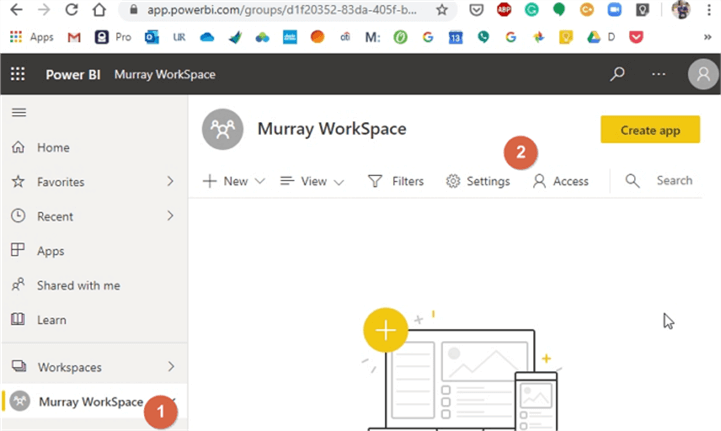
A PBIX file which starts off as a Live Connection, gets converted to DirectQuery, when then allows that PBIX file to act as a composite model which includes other data from additional sources. Be sure to read about DirectQuery for Power BI Datasets. If you’re not currently using this technique, I hope this has inspired you to give it a go.ĭecember 2020 update: Composite models have been extended with new capabilities. It also means you won't have an empty report, and you won't need to delete the empty report once the file is published to the service. Including documentation alongside the dataset is helpful for teammates who might need to work on this dataset at some point, or even for yourself in the future. Tip 2: Use Report Pages to Document the Dataset Not having edit permissions ensures row-level security is invoked - which is a *huge* advantage. Report creators only need read and build permissions on the dataset in order to access the data via live connection. Row-level security will still work for report creators who don't have edit permissions on the data workspace. This might occur when a centralized IT or BI team produces the datasets, and decentralized analysts produce reports. Using separate workspaces reduces ambiguity when data is managed by one team, and reports are owned and managed by another team. Having distinct workspace permissions like this lets us protect datasets from inadvertent changes, especially when they are certified or have a lot of downstream report dependencies.Ĭlearer ownership and responsibilities. The data workspace has very few people who may edit that content, whereas the reporting workspace allows many more users to publish their own reports. The datasets shown above have been published to a workspace in the Power BI Service that I called "Sales Data" whereas the reports reside in a different workspace that I called "Sales Analytics." Advantages to doing this: Here I am depicting 2 datasets which are serving 5 reports - the reports use data from their respective dataset via live connection: Tip 1: Publish Datasets to Separate "Data Workspaces" from "Report Workspaces" Fewer datasets also reduces the risk of inconsistencies or inaccuracies that can exist between multiple datasets. Reduces risk of inconsistencies and inaccuracies. Reducing the number of redundant or repetitive datasets is always helpful for lessening security and compliance concerns, at least to a certain extent. This takes some processing load off of source systems, potentially reduces the number of people who need direct access to source systems, and uses your Power BI resources more efficiently. The number of data refresh operations that need to run is reduced. Fewer datasets means it's that much easier for self-service report creators to determine which dataset to use for their report because there are less choices to scroll through.


This saves a lot of time, hassle, and duplication of effort, for dataset owners.Įasier for report creators to find datasets. When we have fewer datasets, there is less work to create and maintain measures and row-level security. Separate report files, with less pages targeted towards specific needs, is usually far more usable. If you have a report that has grown to, say, 30 pages, that's too much to navigate through. When reports aren't tightly associated with the dataset, you have flexibility to create however many report pages you want. This is helpful when different people are involved with different aspects of development, and since Power BI Desktop does not support multiple users working at once in the same.

Separating the pbix files simplifies collaboration. Advantages to Separating Datasets and Reportsĭifferent people can handle data modeling and report creation.


 0 kommentar(er)
0 kommentar(er)
